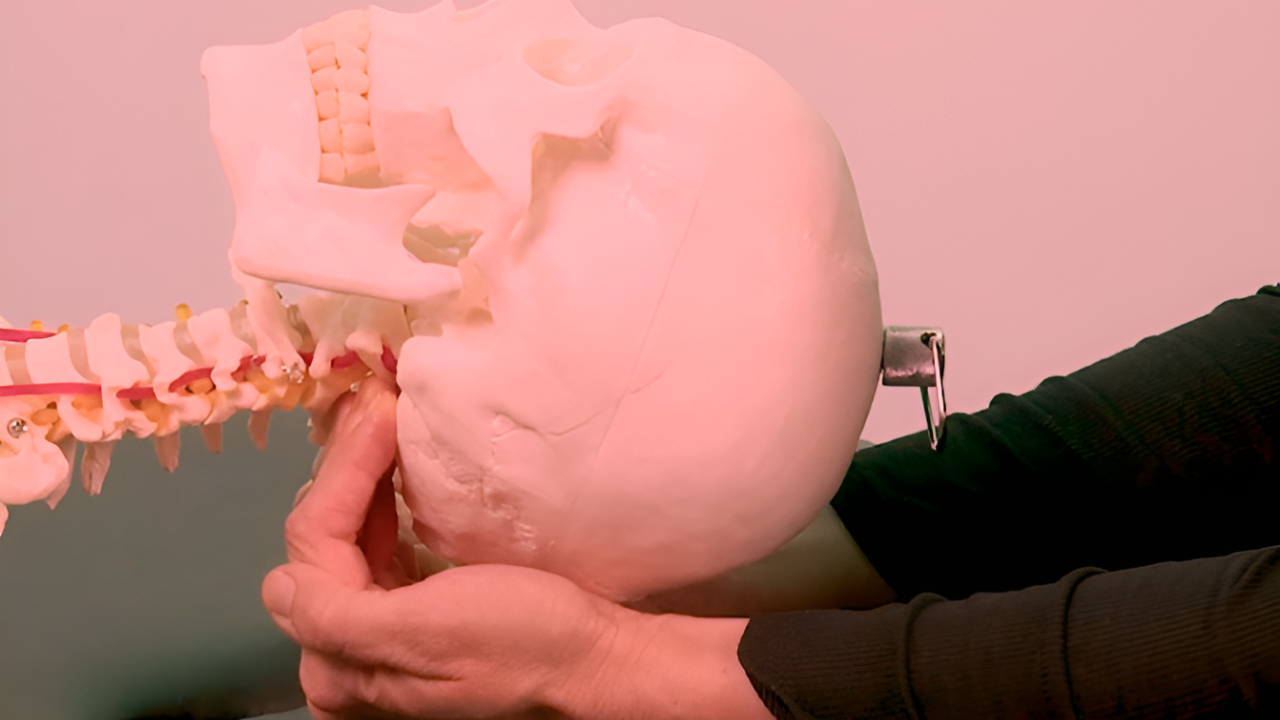Trigger Point Therapy - Bilateral Groin Pain
Groin pain is typically caused by a muscle, tendon or ligament strain, particularly in athletes who play sports such as hockey, soccer and football
Groin pain can start immediately following an injury or trauma, or it may develop gradually over a period of weeks or even months.
Because of this slow onset of pain, the condition is often ignored for period of time, during which the underlying cause may be made worse.
Although not as common, groin pain can also be caused by a hernia, fracture, bone or even by kidney stones (see "common causes" below).
Note that even though testicle pain and groin pain are different, there are some testicle conditions that cause pain which refers to the area of the groin.
Altered movement patterns and or holding patterns
When dealing with groin symptoms in athletes or runners, especially bilateral pain, it's common to focus on the gluteus medius, the hip flexors, and hip adductor muscles, all of which may develop trigger points as a result of poor technique, over-use, or over exertion.
Hip flexors that are overactive and short at the anterior hip joint portion can also commonly be responsible for groin symptoms.
Note: whilst trigger points in the abdominal oblique muscles may be associated with groin pain, this is typically experienced as unilateral not bilateral.
Other Common Causes
Groin pain may be coming from other parts of the body (radiating or referred pain) and can be caused by numerous factors, including:
- Infections, which may cause a lump, bumps, or swelling in the groin area. Glands (lymph nodes) in the groin may become enlarged when there is infection in the surrounding part of the body or in the legs or feet. Where the infection is minor, the swelling may disappear on its own after a few days.
- A kidney stone passing through the ureter.
- Spasm, infection, inflammation, or decreased blood flow (ischemia) in the large intestine.
- A urinary tract infection.
- Female pelvic problems, such as pelvic inflammatory disease (PID), ovarian cyst, or ectopic pregnancy.
- Male genital problems, such as a skin infection of the scrotum, a prostate infection, or torsion of a testicle.
- A hip fracture / stress fracture
- Hip Arthritis which may cause groin pain and stiffness.
- Some common back conditions. Spine issues around the area of the lower ribs can can cause groin pain due to a pinching of the nerves that travel through the groin area. These conditions could include a herniated disc or a lumbar narrowing (stenosis).
Trigger Points
As stated above, the most common culprits are trigger points in the hip flexors and adductors, the gluteus medius, and abdominal obliques (less likely in the case of bilateral groin pain).
Trigger points in these muscles may become active as a result of an injury (muscle, tendon or ligament strain) and may last for quite some time after the original injury is healed.
Failure to treat these trigger points affectively can often be the reason for such an extended recovery period required by athletes after suffering a groin injury.
In some cases these trigger points will have played their part in leading to the cause of the original injury.
Links
More Articles About Groin Pain
Dry Needling for Trigger Points
This blog is intended to be used for information purposes only and is not intended to be used for medical diagnosis or treatment or to substitute for a medical diagnosis and/or treatment rendered or prescribed by a physician or competent healthcare professional. This information is designed as educational material, but should not be taken as a recommendation for treatment of any particular person or patient. Always consult your physician if you think you need treatment or if you feel unwell.

Learn More for Less

Unlimited access to all courses for just $19.95/mo










